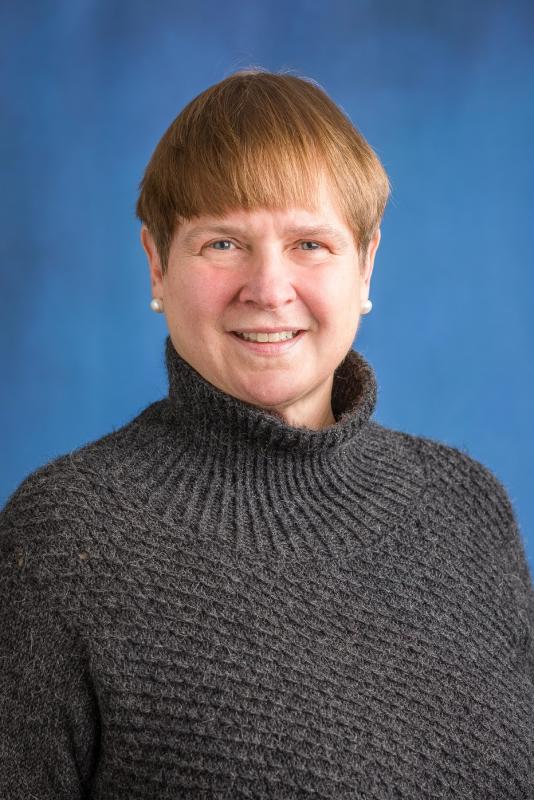Charitable Giving: Was 2022 THAT bad, or was 2021 just THAT good? And what about Donor Advised Funds?
GivingUSA[1] 2023 was published in June 2023 reporting on charitable giving in the US for 2022 based on tax return data. The good news is that giving was close to $500 billion. The bad news is that the final reported total for 2021 was a record-setting $516 billion, so the 2022 amount represents a 3.4% decrease in dollars and a 10.5% decrease in inflation adjusted dollars.
Commentators are citing historically high inflation and stock market volatility for the primary reasons in the decreased amount of giving in 2022. 64% of charitable giving was from individuals, and that amount declined by 6.4% compared to 2021.
Another perspective is to look at the period that included 2020, 2021 and 2022. If we look at the period from 2020 – 2022, total giving increased 2.7% in that two-year period, but declined by 9.27% using inflation adjusted dollars.
Taking an even longer view, over the past 40 years, there have only been 9 years when giving declined using inflation-adjusted numbers. Moreover, In the 10 years since 2013, growth in charitable giving has been an impressive 20.2% taking inflation into account.
Additionally, giving since the year 2000 has been 2% of GDP most years.
The number of non-profits in the US has grown from just over 1M in 2012 to more than 1.5M in 2022 (50% growth in 10 years) suggesting that demand for charitable dollars to support their fiscal needs could be outpacing giving during that 10-year period. Important to note that the overall trend for charitable giving is positive, while the requests to fund non-profit activity are ever increasing. There may be cause for hope, however.
The fastest growing area of philanthropy over the past 20 years or so has been Donor Advised Funds. Hosted at community foundations and investment firms like Fidelity and Schwab, the assets that have poured into these funds – and poured out in the form of grants to charities – is staggering.
According to the National Philanthropic Trust “…there is an estimated $234.06 billion in DAF charitable assets and…grants from DAFs to qualified charities totaled $45.74 billion in 2021.”[2]
Fidelity Charitable Gift Fund reported a record year for their Donor Advised Funds in 2022: Grants of over $11 billion, up one billion dollars over the prior year. [3] Those grants were made to 189,000 unique organizations. Fidelity reported that 77% of those grants were to organizations previously receiving funds from the particular donor advised fund…in other words, there is strong loyalty of support as fund advisors (typically the original donor) make their recommendations from year to year as to what organizations should receive grants, and how much.
Similarly, Schwab reported over $5 billion in grants from their Donor Advised Funds for FY 2022/23, which represented a $350 million increase over the prior year.[4] One million grants were made of 120,000 organizations. 81% of those grants were to charities previously supported by the particular donor-advised fund, demonstrating a bit higher loyalty rate over Fidelity. Schwab also reported 68% of the funds gave to “new” charities not previously supported by that donor-advised fund.
The trend is a continuation of years of growth before the pandemic: as reported by the National Philanthropic Trust:
Total grants from DAFs in 2012 were $8.52 billion. This means there has been more than a five-fold increase in total annual grantmaking from DAFs in the past decade. In 2021, the 28.2 percent increase in grant dollars distributed exceeded the ten-year average increase for grants of 17.5 percent.
There is an increasing tendency for the philanthropically inclined to use Donor Advised Funds for their charitable giving. For charities, paying attention to who those donors are and acknowledging their sophistication of using these vehicles for their giving – even considering them as part of your planned giving program – could be productive. They are not your typical annual fund donor, because they are using advanced financial and estate planning techniques to support organizations, which can present an opportunity for conversation and recognition of their generosity and dedication, and possibly inspire them to do more - and others to do likewise.
[1] https://store.givingusa.org/products/2023-infographic?variant=44055760109792
[2] https://www.thinkadvisor.com/2023/07/20/5b-in-giving-shows-rapid-rise-of-donor-advised-funds-schwab-charitable/
[3] https://www.fidelitycharitable.org/insights/2023-giving-report.html
[4] https://www.thinkadvisor.com/2023/07/20/5b-in-giving-shows-rapid-rise-of-donor-advised-funds-schwab-charitable/
About this blog:

Sarah Ruef-Lindquist, JD, CTFA
Sarah believes sound, thoughtful planning is a gift we give ourselves, our families and our community.
She is a lawyer and seasoned non-profit executive who has worked with dozens of organizations, individuals and families as a philanthropic advisor and senior trust officer. She holds the Certified Trust and Fiduciary Advisor certification and FINRA Series 7 and 66 registrations through Commonwealth Financial Network. Sarah and her husband live in Camden. The Financial Advisors of Allen Wealth Management are Registered Representatives and Investment Adviser Representatives with/and offer securities and advisory services through Commonwealth Financial Network (R), Member FINRA/SIPC, a Registered Investment Adviser. Allen Insurance and Financial, 31 Chestnut Street, Camden, ME 04843. 207-236-8376.




















